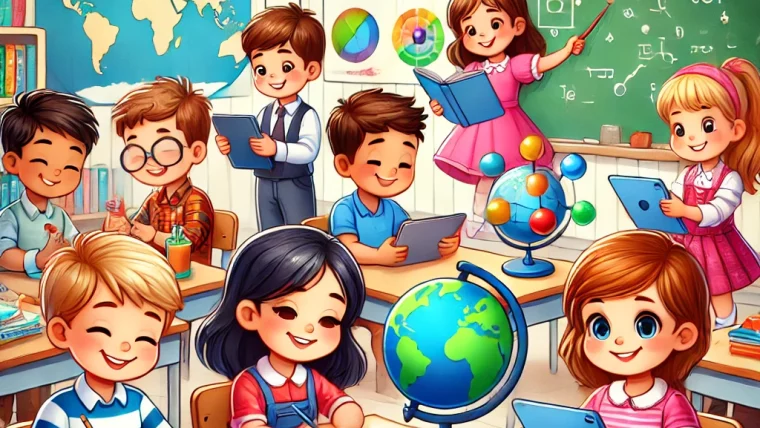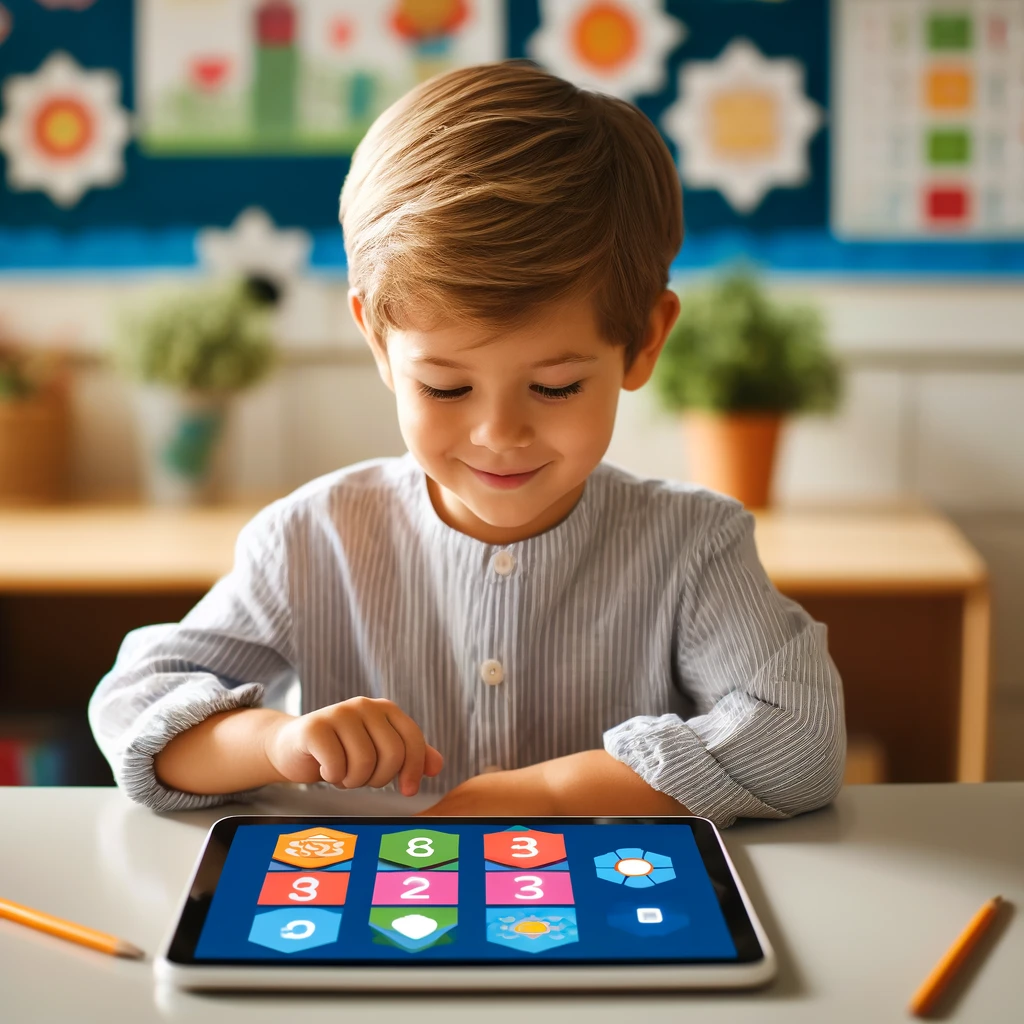
Last updated on 2024/05/06
Reading time : 5 minutes
The 6 inspiring use cases of mobile applications using artificial intelligence
Artificial Intelligence (AI) is positioning itself as an essential element of our daily lives.
Its progressive integration into mobile applications dedicated to children heralds a real revolution in the field of fun education for our youngest.
In this article, we’ll dive into the fascinating world of AI applied to mobile apps for kids, taking an in-depth look at six use cases.
We will highlight the educational and playful benefits of these innovations, demonstrating how they help shape children’s learning in an innovative and engaging way.
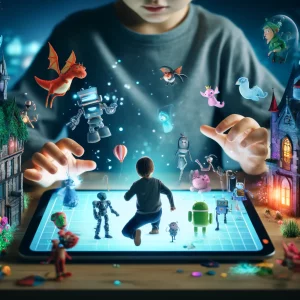
1. Personalization of learning for optimal development
One of the main strengths of AI in children’s mobile apps is its ability to personalize learning based on each child’s individual needs.
AI algorithms can assess the child’s skill level in various areas and adjust educational content accordingly.
This approach allows each child to progress at their own pace, thus promoting optimal development.
Take “DragonBox Numbers“, a math learning app, as an example.
Using AI, this mobile app can adapt the difficulty level of exercises based on the child’s performance, providing a personalized and engaging learning experience.
Similarly, “Khan Academy Kids” uses AI to analyze the child’s progress and offer educational activities tailored to their specific needs.
This individualized approach promotes children’s motivation and engagement in their learning.
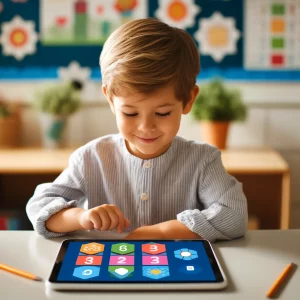
2. Assistance in learning to read for optimal mastery
Learning to read is a crucial stage in children’s development, and AI can play an important role in this process.
Reading learning apps can use speech recognition technology to help children improve their pronunciation and understanding of words.
Additionally, AI algorithms can analyze children’s reading errors and provide them with personalized advice to strengthen their skills.
For example, “Starfall Learn to Read” offers AI-powered assistance to guide children through their learning to read, providing guidance tailored to their skill level.
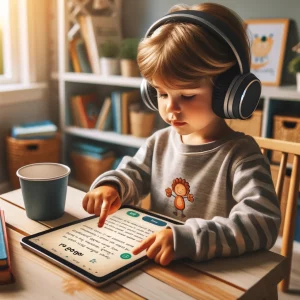
3. Development of cognitive skills for critical and creative thinking
AI can also be used to boost the development of children’s cognitive skills, such as problem solving, critical thinking and creativity.
AI-powered problem-solving apps can provide riddles and puzzles tailored to the child’s age and developmental level, providing an interactive and engaging learning experience.
“Thinkrolls” is an example app that offers a series of AI-powered puzzle games, where children must solve puzzles to progress through different levels.
Similarly, “Busy Shapes & Colors” uses AI algorithms to provide problem-solving activities tailored to each child, thereby promoting the development of their cognitive skills.
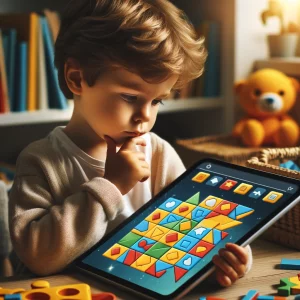
4. Interactive exploration of the world for an immersive discovery
AI can enrich children’s experience by allowing them to explore the world around them interactively.
Nature exploration apps use augmented reality to allow children to experience animals and plants in 3D, while providing contextual information through AI algorithms.
“Seek” is an example of a nature discovery app that uses augmented reality to allow children to identify and explore the flora and fauna around them.
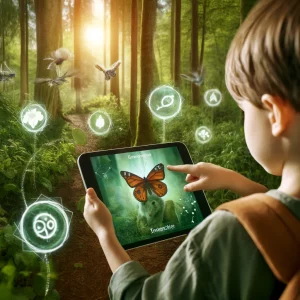
5. Creating personalized stories to encourage imagination
Finally, AI can inspire children’s creativity by allowing them to create their own personalized stories.
Story creation apps use AI algorithms to generate characters, locations and events based on a child’s preferences, promoting individual expression and imagination.
“Toontastic 3D” is an example app that lets kids create animated stories by choosing from a variety of AI-generated characters and settings.
Likewise, “Story Creator” suggests story and character ideas through AI algorithms to help kids start their creative process.
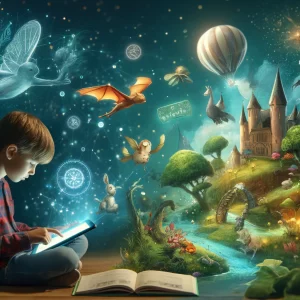
6. Reinventing active listening with Koalia Stories
Who says “creating personalized stories to encourage imagination” says we couldn’t end this article without mentioning our Koalia Stories mobile application, which radically transforms the way children build, explore and enjoy personalized stories.
Using artificial intelligence to generate tailor-made stories that adapt to the tastes and ages of each child, Koalia Stories provides a captivating and enriching listening experience.
Koalia Stories not only encourages a deep love of stories, but also opens the doors to a universe of infinite imaginary worlds built by your child.
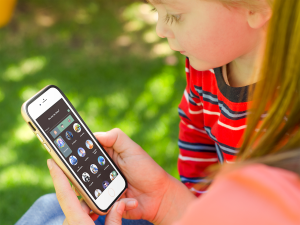
With these six use cases of AI in children’s apps, we see how technology can be a powerful tool to support children’s learning, creativity and development in today’s digital world.

